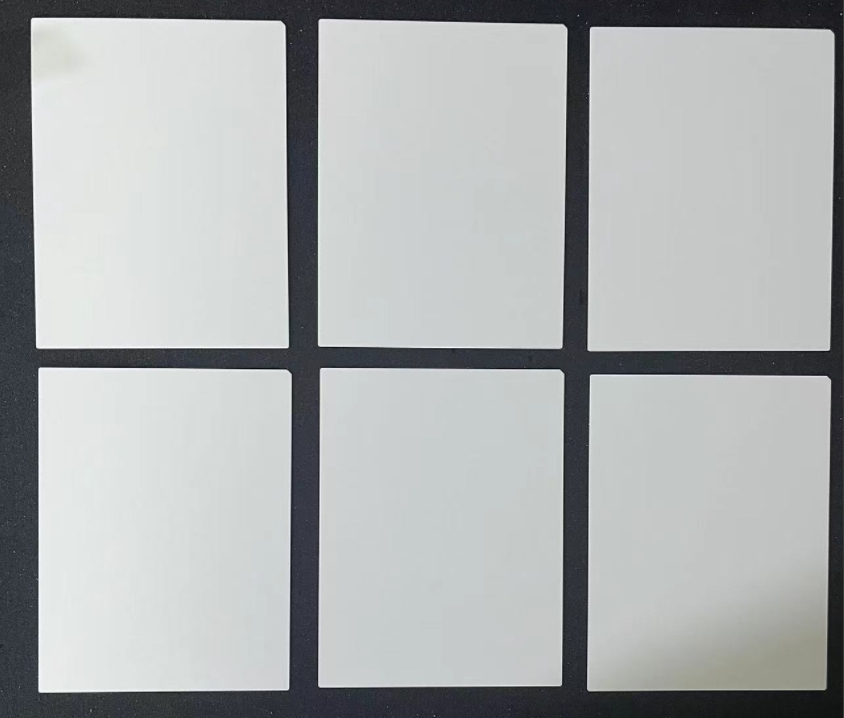Alumina Ceramic Substrate for Film Integrated Circuit
3 month agoAlumina Ceramic Substrate For Thin Film Integrated Circuit

Properties of Alumina Ceramic Substrates
High-Purity Alumina Ceramics
Ordinary Alumina Ceramics
Manufacturing Process
Applications in Integrated Circuits
Similar Video Recommendation
You May Also Like
If you are interested in the product, contact Bossgoovideo.com for more information
- *To:
- Shaanxi Puwei Electronic Technology Co., Ltd
- *Message:
-
Submit
Main Product:
Alumina Ceramic Substrates,
Aluminum Nitride Substrates ,
Metallized Ceramics,
AlN Ceramics Disc,
DPC Substrate,
DBC Ceramic Substrate
You May Also Like



















